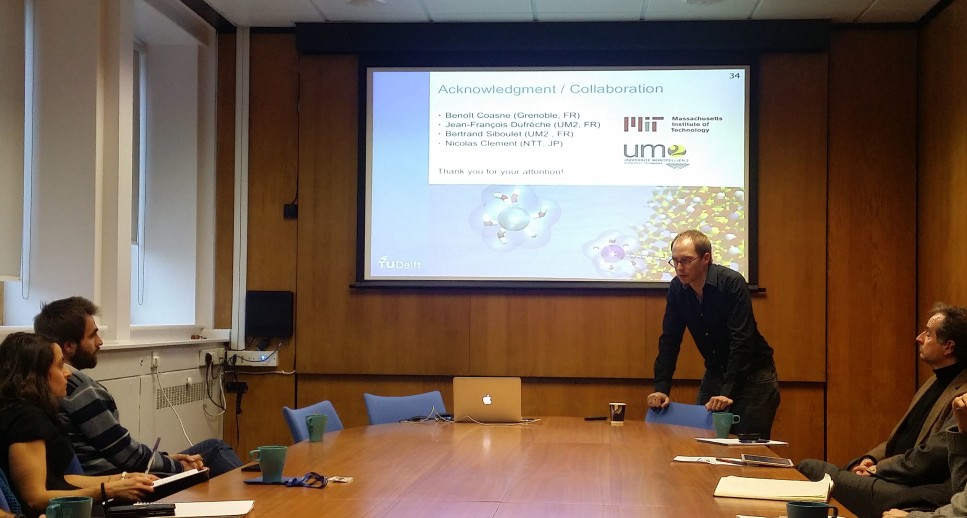[17/08/18] Phase transitions and nucleation processes have attracted considerable attention from both experimental and theoretical communities for many years, starting from the seminal work by Gibbs on thermodynamics which ultimately led to the so-called classical nucleation theory (CNT), which described e.g. vapour-liquid transition and droplet formation. Unfortunately, CNT is known to be rather limited and it fails even close to equilibrium. Our paper published in the New Journal of Physics [link] challenges the current status quo on nucleation research by proposing a novel theoretical framework based on fluctuating hydrodynamics, treating from the outset nucleation as it is, i.e. a nonequilibrium phenomenon. Using elements from stochastic processes, we express the stochastic dynamics of cluster formation in terms of the “natural” order parameter of the system given by the arc-length of the (nonclassical) nucleation pathway. We derive exact expressions for the nucleation rate and cluster distribution, which are experimentally accessible properties. Our predictions for the nucleation rate deviate from CNT by several orders of magnitude and are in qualitative agreement with experiments.
[29/03/18] Prof. Serafim Kalliadasis, Dr. Peter Yatsyshin and Dr. Miguel A. Duran-Olivencia organised a minisymposium on Fluctuating Complex Dynamical Systems at the British Applied Mathematics Colloquium, University of St. Andrews.
[26/03/18] Prof. Serafim Kalliadasis gave an invited lecture at the University of Minnesota IMA Workshop Dynamic Contact lines: Progress and Opportunities. The title of his talk was “Challenges of modelling the moving contact line problem and recent progress: bridging scales from the nano- to the macroscale.”
[08/02/18] Our friend and collaborator, Dr Remco Hartkamp (TU Delft) visited our group for a week, and gave us a seminar entitled "Molecular Modelling of Electric Double Layers at the Silica Surface".

[08/02/18] Our recent work on the fluctuating dynamics of soft matter has featured in an Imperial College London news article entitled "Origins of fluctuations in soft matter described for the first time"